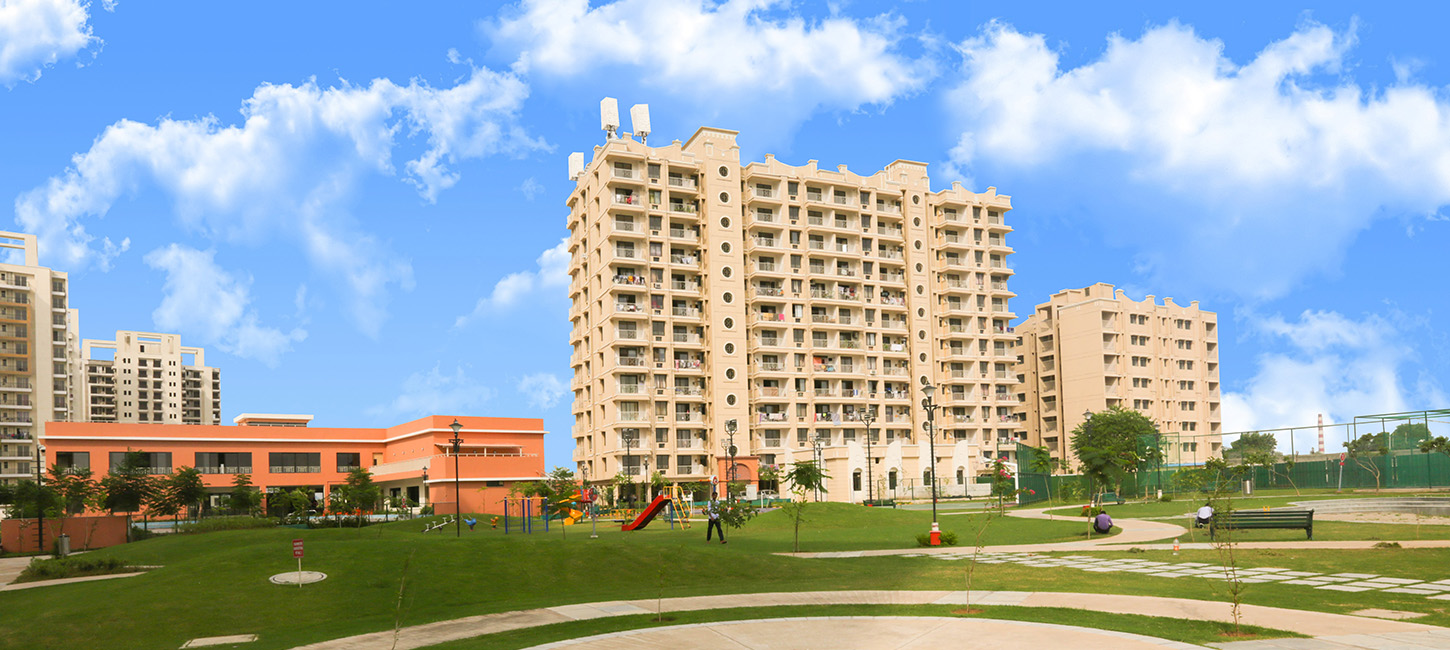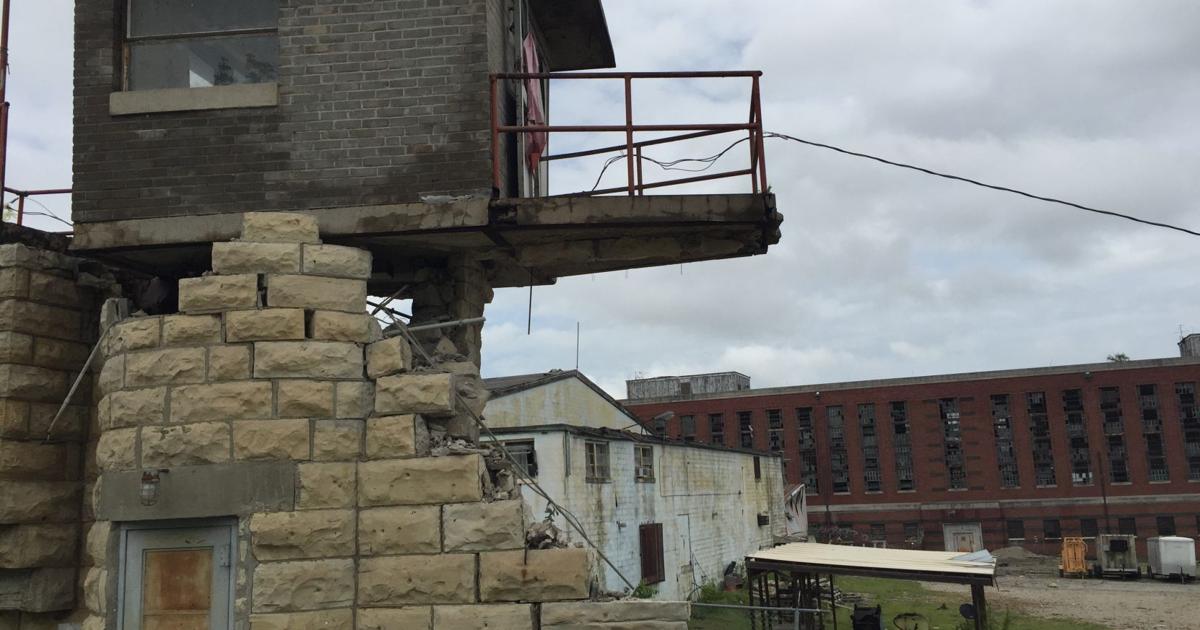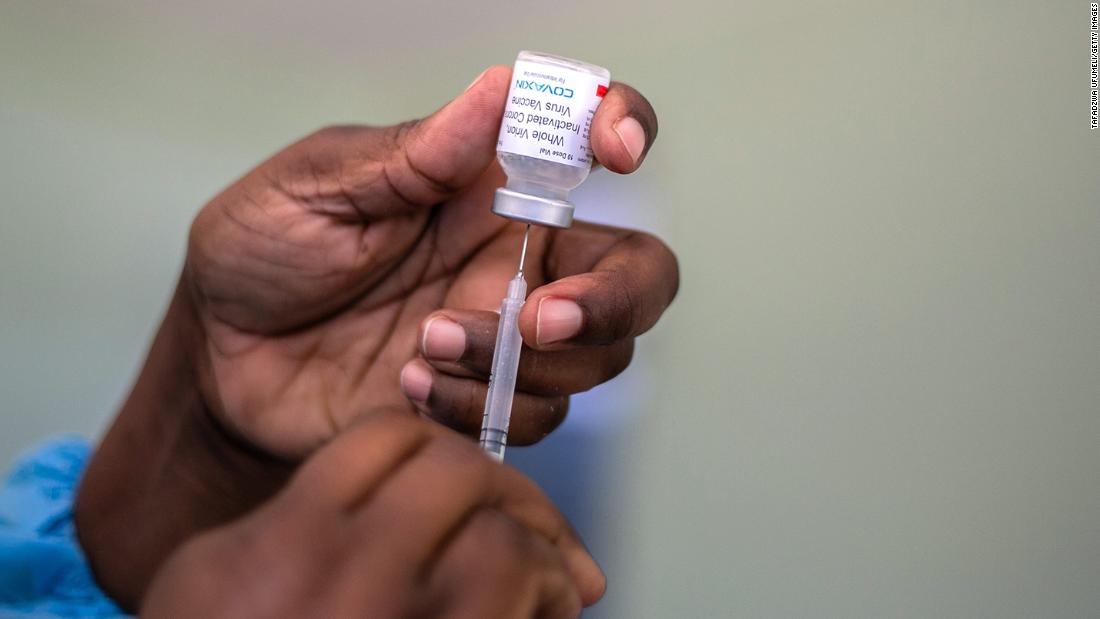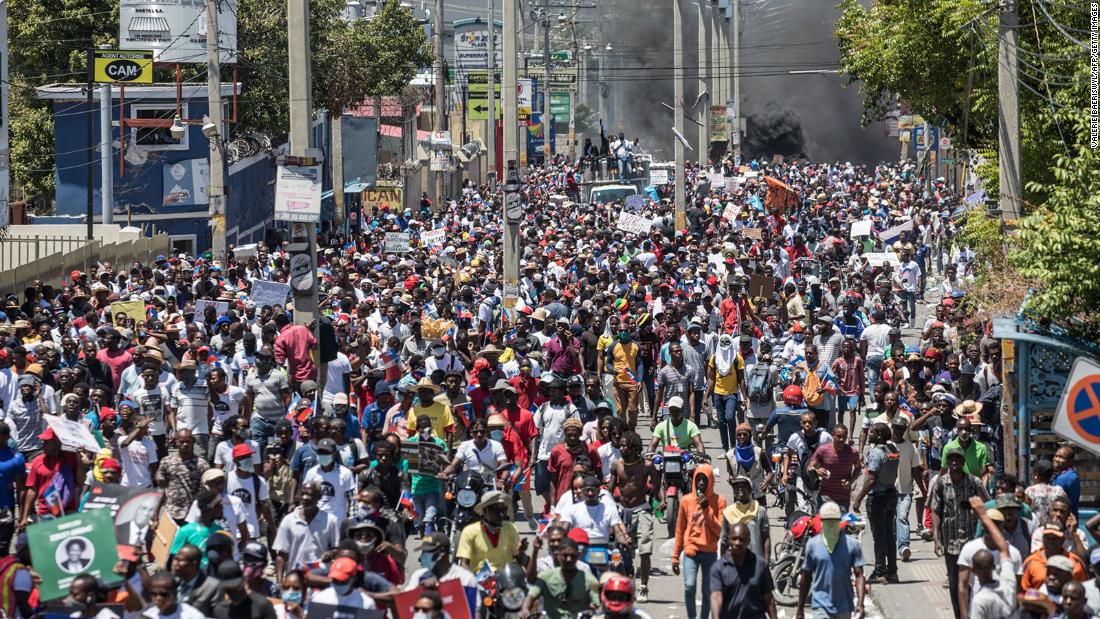SURFSIDE, Fla. — By the time yet another fire broke out amid the dusty wreckage of the partially collapsed Champlain Towers South condo complex near Miami Beach on Friday, firefighters working with search-and-rescue crews in a desperate attempt to find survivors made an unusual decision: They would not immediately put the fire out.
Crews were already wading through thigh-deep water in some places, from gusty rains, rising groundwater and previously doused fires. Pouring more water onto the site could risk destabilizing the dangerous pile of rubble and anyone still trapped inside, said Billy McAllister, the head of a local firefighters’ union. Instead, emergency workers let the fire burn, tearing through the debris to get to the source of the flames and yank it off the site.
“Can you imagine adding all that weight?” he said.
Such were the painstaking and frustrating calculations being made during the second harrowing day of search operations in Surfside, Fla., where emergency responders were still in rescue mode — looking to find people alive — even though no survivors had been found since shortly after the 13-story structure partially collapsed after midnight on Thursday.
After an initial two rescues, only bodies had been recovered, three of them overnight. The number of people unaccounted for rose to more than 150 — dozens more than officials had estimated a day earlier — and their families were losing their last threads of hope.
Family members of the missing were asked to provide DNA swabs in case they were needed to identify remains. President Biden said federal mortuary services would be available if needed.
Image

“Speaking with a lot of these family members, when they’re unaccounted for, it’s a really, really difficult thing because they just don’t know,” Gov. Ron DeSantis said from the scene.
The governor promised a timely investigation of what went wrong. “We need a definitive explanation for how this could have happened.”
The Miami-Dade County Medical Examiner Department identified one of the victims as Stacie Fang, 54, who was pronounced dead at Aventura Hospital and Medical Center. Her family said her son had been pulled safely out of the ruins early on Thursday after being heard screaming for help. The boy, Jonah Handler, 15, is a 10th-grade junior varsity baseball player.
“There are no words to describe the tragic loss of our beloved Stacie,” her family said in a statement. “The many heartfelt words of encouragement and love have served as a much needed source of strength during this devastating time.”
Underneath the parking garage of the exposed building at 8777 Collins Ave., search-and-rescue teams drilled through concrete and inserted probes with cameras to peer through the rubble. Specialized hearing devices alerted them to any sounds that could indicate a person was waiting for help — tapping, scratching, falling debris, twisting metal.
On Thursday, crews briefly heard the voice of a woman trapped somewhere under the wreckage, but it went silent before they could find anyone. On Friday, crews were still using dogs trained to sniff out the scent of a living person; the dogs that come later find cadavers.
From the outside, in the stifling humidity and amid intermittent thunderstorms, little of the tunneling work going on below could be seen. Heavy machinery arrived at the site on Thursday night, but some of the families of the missing wondered why they could not see more action atop the mountain of rubble.
Image
“We’re frustrated because we feel as if they are alive,” said Toby Fried, a family friend of Harry Rosenberg, a man missing from Unit 212. “We offered to bring more manpower — professional searchers. There’s nobody to talk to. We are waiting. We want to help out.”
The search lacked no expertise or resources, Mayor Daniella Levine Cava of Miami-Dade County said in an afternoon news conference.
“If I could personally go out and dig, I would dig,” she said. “But that is not safe for me, or for the first responders and for the people who may still be alive.”
The operation has had multiple challenges. Severe thunderstorms limited crews’ visibility, said Obed Frometa, a fire lieutenant with Florida Task Force 1 of the Federal Emergency Management Agency’s National Urban Search and Rescue Response System. The on-and-off fires left smoke that hung over the site, pressed down by the humidity after the rain.
“Ideally, a South Florida sunny day with a nice ocean breeze would give us the optimal conditions,” Lieutenant Frometa said. “That is unfortunately not what we’re dealing with in this disaster.”
Every level of government sent or offered assistance, and South Florida has some of the nation’s most elite search-and-rescue crews, which have responded to hurricanes, the 9/11 terrorist attacks and the 2010 Haiti earthquake.
Safely digging through a partially collapsed structure requires securing small spaces for limited teams of emergency workers to carefully dig through bit by bit. Engineers determined that the best chance at finding voids, or pockets of space where people might have survived, was by burrowing through the partly toppled garage.
Michael J. Fagel, an emergency planner, was a scene-safety and logistics officer after both the bombing of the Alfred P. Murrah Federal Building in Oklahoma City in 1995 and the attacks on the World Trade Center on Sept. 11, 2001. He recalled from those disasters not the noise of the piles, but the silence — the life-or-death importance of listening for whispers emerge from what seems to be utter silence.
“We used stethoscopes,” Mr. Fagel, 68, said of the Oklahoma City disaster site. “We would actually stop the mission for five minutes. You’d have three blasts of an air horn. And you would listen. You hear a moan. You hear a whisper. You hear a breathing sound.”
Video clips from Miami-Dade Fire Rescue showed crews deploying that sort of equipment after wading through deep water in the garage. Emergency workers wore respirators to fend off the dust.
Image
Capt. Adam VanGerpen of the Los Angeles Fire Department is a hazmat specialist on one of the FEMA task forces that were deployed after Hurricanes Harvey and Irma. He recalled the need for frequent water- and air-quality readings to ensure emergency workers were not being exposed to unsafe levels of toxic elements — the water could be laced with fuel, the air with asbestos — and the constant puzzle over how to tackle a heavy jumble of concrete and metal.
“Especially in a collapse-danger area, they have to shore everything up before they go in,” he said. “That’s what the public can’t see from the outside.”
Onlookers hoping for good news overnight watched the crews at work, only to see them remove bodies of the dead, said State Senator Jason W. B. Pizzo, whose district includes Surfside. He waited and watched during the search-and-rescue operation and witnessed the recovery of the remains of an older person who lived on a high floor.
Later on Friday, some relatives of the missing paced on the sidewalk as close as they could get to the building, Mr. Pizzo said, eager to do something — anything — to speed things along.
Michael Hernandez, a lifeguard in Surfside, said he spent most of Thursday helping comb through the debris and had been back helping since 3 a.m. on Friday.
“I got home and made breakfast and slept for maybe five hours,” he said.
For now, anxious families have been relocated from a community center to a neighboring hotel so they could be more comfortable. The authorities planned to brief them every four hours on the search-and-rescue operations.
And survivors continued to share staggering stories of how they escaped harm.
Marian Smeraldi-Lopez, who lived with her family on the sixth floor, said she got out through a stairway.
“No apartments on that north side were visible,” she said. “Just air, debris and rubble.”
Ms. Smeraldi-Lopez, her husband, Alfredo Lopez, and their 24-year-old son, Michael Lopez, grabbed a flashlight, cellphones and eyeglasses and ran out in their pajamas. Dust had seeped in from around the glass doors and windows. There was no electricity. Somewhere, an alarm sounded. The apartment next to theirs, she said, “was gone.”
She and her family stayed close to the wall, inching past an elevator bank. At the stairs, they joined a single-file line of residents streaming down from upper floors. Families called out to keep track of those behind them. In the garage, the water was up to her ankles.
Outside, they climbed over a broken pool deck wall, wanting to reach the beach in case there was destruction from what they still thought was an earthquake: “I was convinced the aftershock was going to happen,” she said.
But when they reached a clearing, she turned around. There was only one section of the building that had fallen, and the buildings around them were unscathed.
The understanding of their plight filled her with dread.
“It was just our building,” she said, “and it stopped at our apartment.”
Reporting was contributed by Richard Fausset, Giulia Heyward, Michael Majchrowicz and Joseph B. Treaster from Surfside. Reporting was also contributed by Mike Baker, Manny Fernandez, Christine Hauser, Sophie Kasakove, Alyssa Lukpat and Mitch Smith. Kitty Bennett contributed research.

 2 years ago
322
2 years ago
322









 English (US) ·
English (US) ·